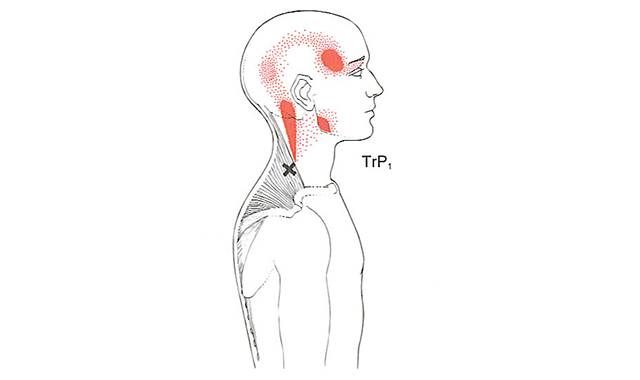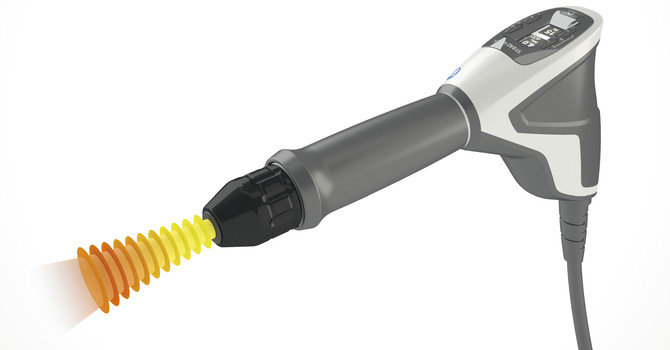
We all know that headaches are no fun to deal with. Not only is the pain excruciating, but it can interfere with work, family time, and relaxation. Over the years we have worked with hundreds of people suffering from migraines and headaches. We have discovered that a large percentage of these headaches are related to tight muscles. We have had great success in perfecting a protocol for treatment of someone suffering with headaches caused by tight muscles. This treatment is not a one size fits all approach. It is a template that we use and individualize for every patient.

Upper Trapezius Splenius Capitis Suboccipital Muscles
While there are many different causes of headaches, one of the most common sources we have seen in practice is myofascial trigger points. A myofascial trigger point refers to an a tight band of muscle that, when tense enough, can radiate pain to different parts of the body. The 3 main myofascial trigger points we notice with headaches stem from the 1. Upper Trapezius 2. Suboccipitals 3. Splenius Capitis. These three muscle groups are located in your neck and are often tight in individuals because of what we do on a daily basis. If you have a desk job where you are sitting at a computer for 8+ hours a day, odds are that your muscles supporting your head are tight and overworked. If nothing is done to help these muscles out, they can become irritable and radiate pain into your head…aka headaches. Proper stretches are beneficial, but they will not have an immediate impact on the pain and are a better long term solution. The good news is, we have something that will!
Functional dry needling is the use of an acupuncture needle inserted into a tight muscle to ‘reset’ that muscle. There is no medication injected in this 15-20 second procedure, just a standard acupuncture needle and the proper knowledge of anatomy. What patients typically experience during dry needling is 15-20 seconds of what feels like cramping in the muscle followed by a day or so of muscle soreness. After this soreness wears off, many patients see a dramatic decrease in their symptoms. 1-2 exercises are typically given to patients to do at home to ensure that the muscles do not tighten up and cause more headaches down the road. We have had experiences in our office where a patient has suffered from headaches for over 20 years and one treatment of dry needling has put a complete end to them. If any of the three patterns seen above look like the headache patterns you typically experience, dry needling may be the treatment for you.



